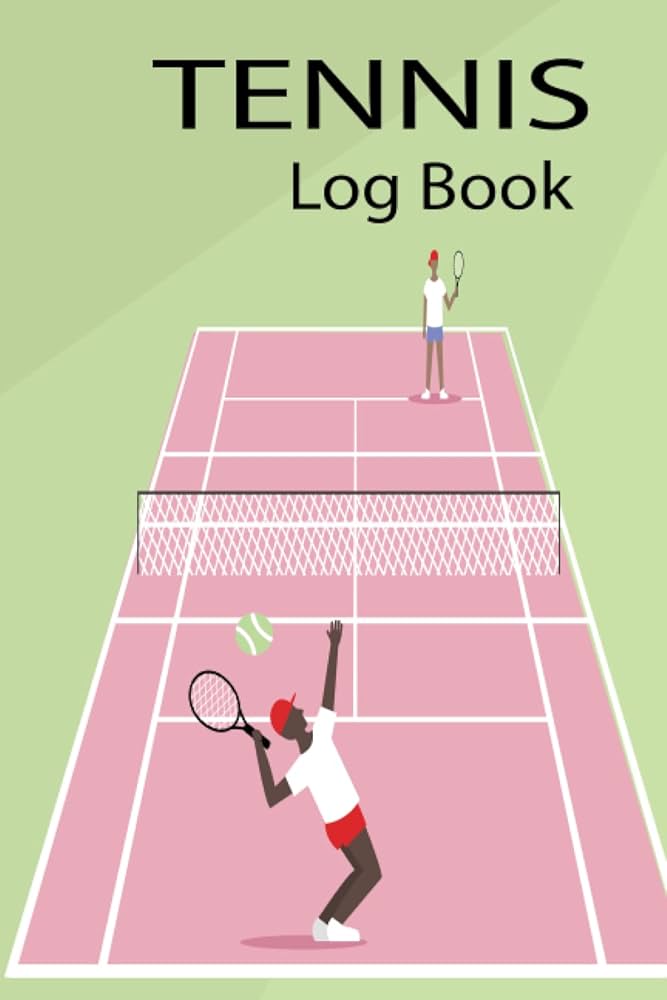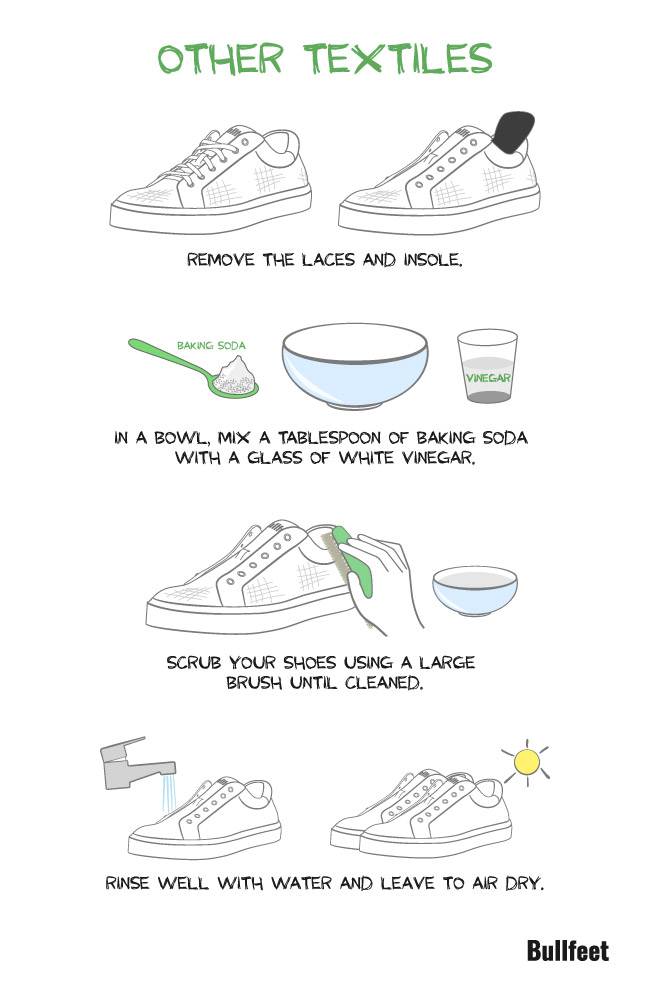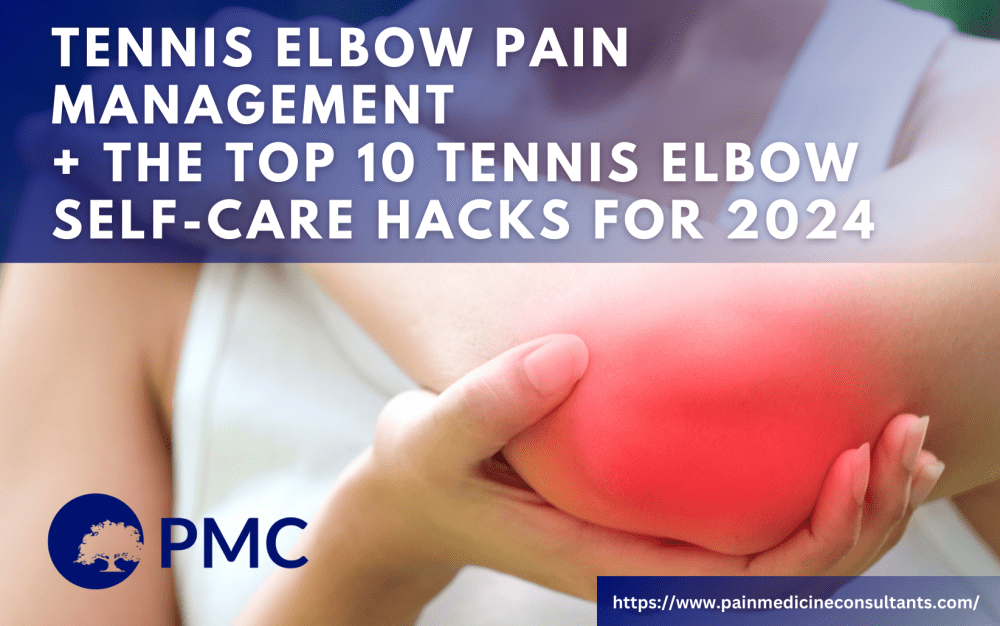Improving your tennis game is a common goal for many players. Having the right resources makes all the difference.
A good book can provide valuable tips, techniques, and strategies. Whether you’re a beginner or a seasoned player, there’s always something new to learn. Tennis involves more than just physical strength; it requires mental sharpness and strategic thinking. A well-written guide can help you refine your skills, understand the game’s nuances, and boost your confidence on the court.
In this blog post, we’ll explore why a book about improving tennis can be a game-changer for your development. You’ll discover how expert advice and practical exercises can elevate your performance and enjoyment of the sport. Let’s dive in and see how you can take your tennis skills to the next level!
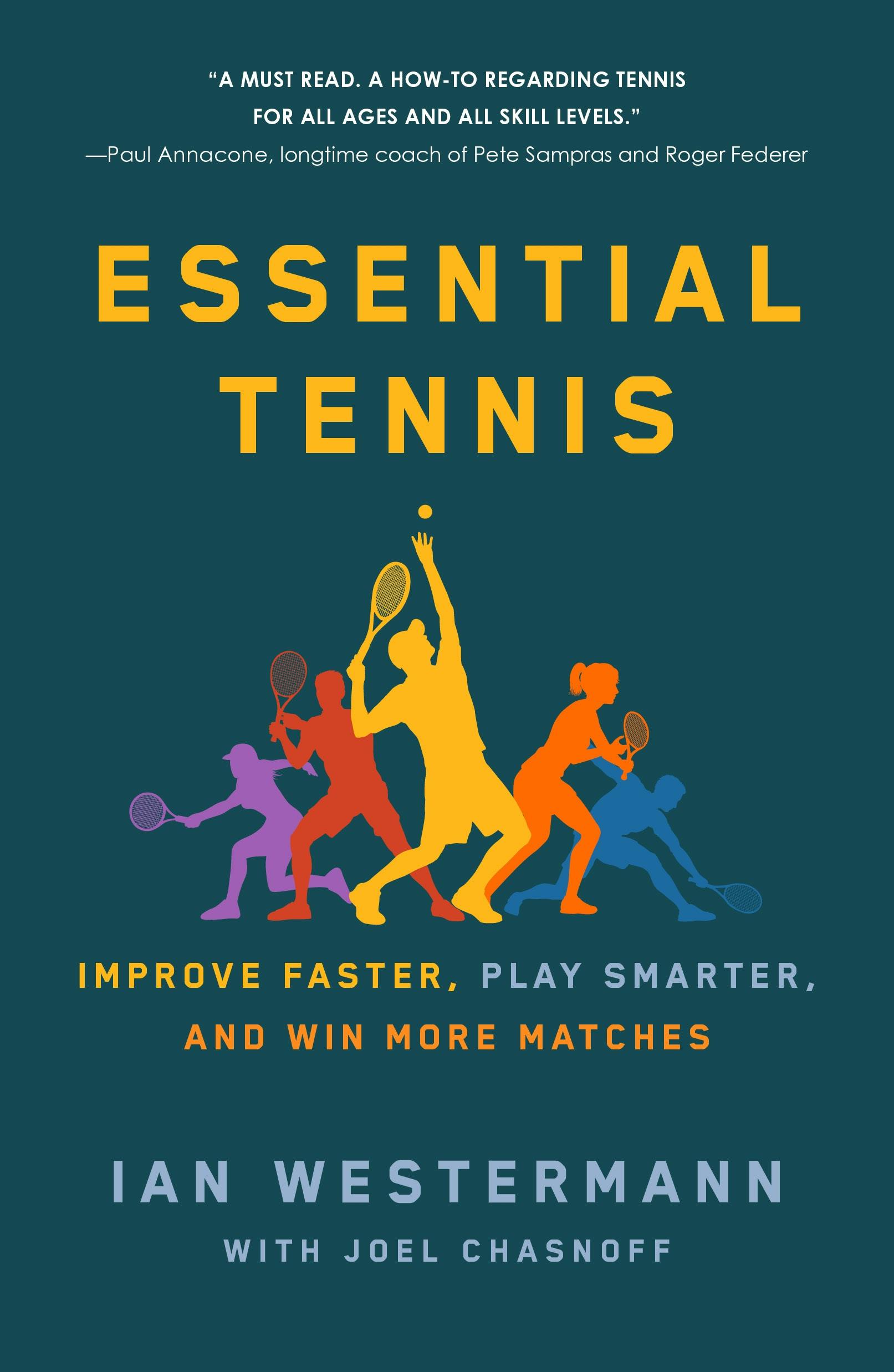
Credit: us.macmillan.com
Introduction To Tennis Mastery
Tennis is a game of skill, strategy, and endurance. Learning the fundamentals is crucial for success. The book about improving your tennis game provides a comprehensive guide. It covers essential techniques and effective strategies. This section introduces you to Tennis Mastery.
Importance Of Technique
Technique is the foundation of tennis. Without proper technique, even the most athletic players will struggle. Good technique ensures consistency and precision. It helps you hit the ball accurately. Proper technique also reduces the risk of injury. The book emphasizes mastering basic strokes. These include forehand, backhand, and serve. Each stroke requires specific movements and positioning. Practice these techniques regularly for improvement.
Setting Goals
Goals give direction to your tennis journey. They keep you motivated and focused. Start with small, achievable goals. For example, aim to improve your serve accuracy. Gradually set more challenging goals. The book suggests setting both short-term and long-term goals. Short-term goals provide immediate milestones. Long-term goals focus on your overall progress. Regularly review and adjust your goals. Celebrate your achievements along the way. This keeps you motivated and on track.
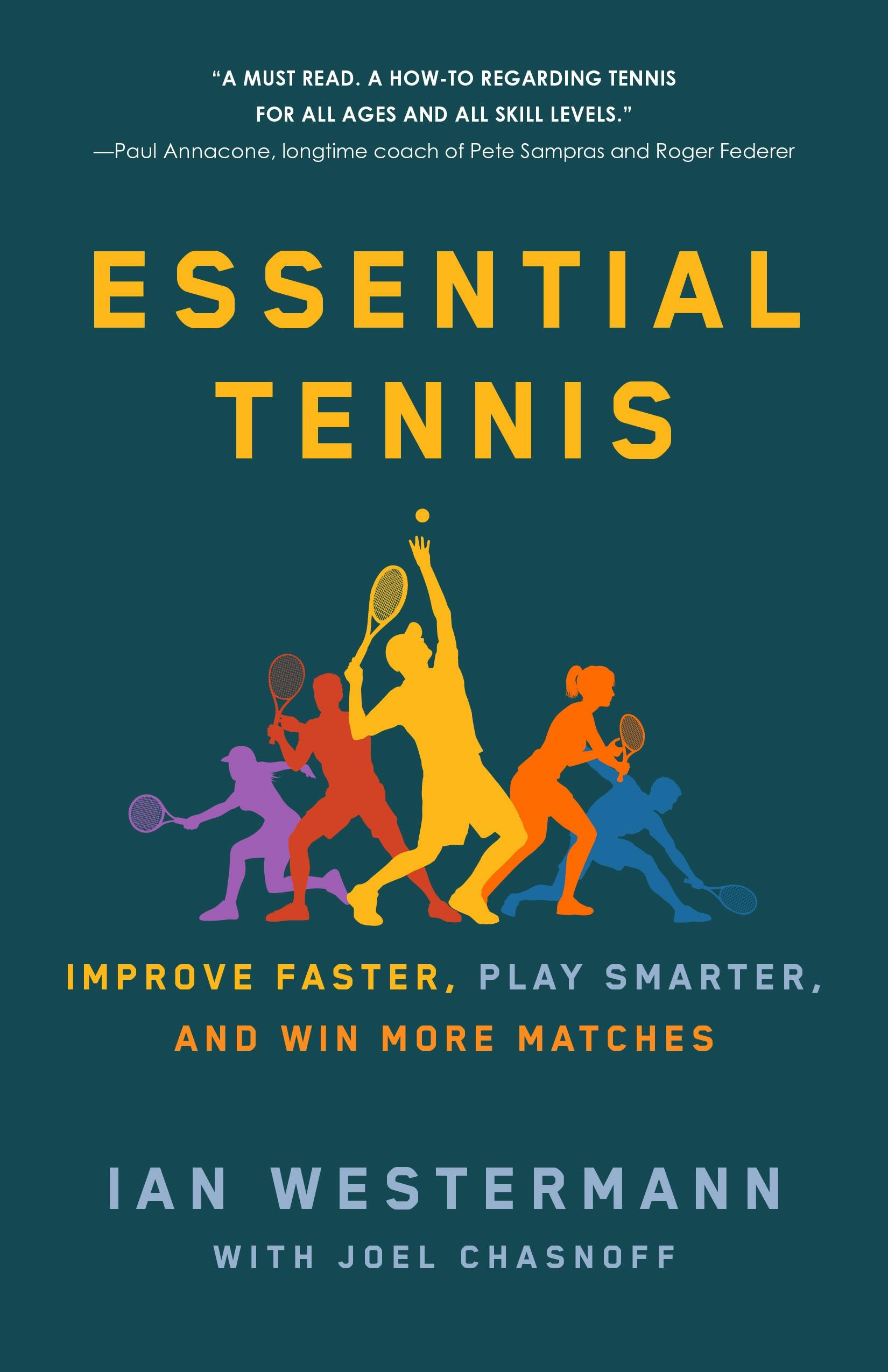
Credit: us.macmillan.com
Essential Equipment
Improving your tennis game requires more than just practice. Having the right equipment can make a big difference. In this section, we will discuss the essential equipment needed to enhance your performance on the court.
Choosing The Right Racket
Choosing the right racket is crucial for your game. Different rackets suit different playing styles. Here are some key factors to consider:
- Weight: Lighter rackets are easier to handle, but heavier rackets provide more power.
- Grip Size: Your grip should feel comfortable. Too small or too large can cause injuries.
- Head Size: Larger heads offer a bigger sweet spot, which is forgiving on off-center hits.
To find the perfect racket, test a few options. Most sports stores offer demo rackets.
Proper Tennis Shoes
Tennis shoes are not just regular athletic shoes. They provide the support needed for quick movements and sudden stops. When choosing tennis shoes, consider the following:
- Court Type: Different shoes are designed for different courts. Hard court shoes have more durable soles. Clay court shoes offer better grip on loose surfaces.
- Support: Look for shoes with good lateral support. This helps prevent ankle injuries.
- Fit: Make sure your shoes fit well. They should not be too tight or too loose.
Invest in a good pair of tennis shoes. It will protect your feet and improve your game.
Fundamental Strokes
Mastering the fundamental strokes is key to improving your tennis game. These strokes form the foundation of your skills on the court. Whether you are a beginner or looking to refine your technique, understanding the basics is essential.
Forehand Basics
The forehand is one of the most important strokes in tennis. It is used frequently during matches. First, focus on your grip. The Eastern or Semi-Western grip is recommended for beginners. Hold the racket firmly, but not too tight.
Next, work on your stance. Stand sideways with your feet shoulder-width apart. Your knees should be slightly bent. This will give you balance and power. Keep your eye on the ball. As it approaches, turn your shoulders and hips.
Then, swing the racket forward. Make contact with the ball in front of your body. Follow through with your swing. Your racket should end up over your opposite shoulder. Practice this motion to make it smooth and consistent.
Mastering The Backhand
The backhand can be challenging, but it is vital for a well-rounded game. There are two main types: the one-handed and two-handed backhand. Beginners often find the two-handed backhand easier.
Start with your grip. Use both hands on the racket. Your dominant hand should be on the bottom. Your non-dominant hand should be on top. Position your feet similar to the forehand stance. Stand sideways with knees slightly bent.
As the ball approaches, turn your shoulders and hips. Swing the racket back with both hands. Make contact with the ball in front of your body. Follow through with your swing. Your racket should end up over your opposite shoulder. Consistent practice will help you improve your backhand.
Serving Skills
Serving is a crucial skill in tennis. It can set the tone for a match. Improving your serve can give you a significant edge over your opponents.
Powerful Serves
A powerful serve can be a game-changer. It can make it hard for your opponent to return the ball. Focus on using your whole body for power. Start from the legs, go through the core, and extend through the arms. Practice your stance and position. A solid base helps you generate more power. Keep your toss consistent. A good toss sets up a powerful serve.
Serve Accuracy
Accuracy is just as important as power. A powerful serve is useless if it is not accurate. Aim for specific spots on the court. This keeps your opponent guessing. Use targets in your practice sessions. It helps to visualize the exact spot where you want the ball to land. Keep practicing different angles and speeds. Varying your serves can make them more effective.
Footwork And Movement
Improving your tennis game requires more than just a strong serve and powerful strokes. One of the key elements is footwork and movement. Good footwork helps you reach the ball faster. It also positions you better for each shot. This section of the book focuses on exercises and techniques to improve your agility and court positioning.
Agility Drills
Agility drills are essential for quick movements on the court. These drills help you change direction fast. One popular drill is the ladder drill. Place a ladder flat on the ground. Step in and out of each square quickly. Another effective drill is cone drills. Set up cones in a zigzag pattern. Run around them as fast as you can. These drills improve your balance and speed.
Positioning On The Court
Proper positioning can make a huge difference. Always return to the center after each shot. This position gives you the best chance to reach the next ball. Watch your opponent. Their body language can give you clues about their next move. Stay on your toes. Be ready to move in any direction. Practice these tips during your matches. You will notice improvements in your performance.

Credit: www.amazon.com
Mental Toughness
Mental toughness is crucial in tennis. It separates the good players from the great ones. It is about staying focused, handling pressure, and maintaining confidence. A strong mind can overcome physical limitations. Improve your mental toughness, and watch your game reach new heights.
Staying Focused
Focus is key in tennis. Many players struggle with distractions. Concentrate on the ball and your strategy. Avoid letting negative thoughts creep in. Stay in the moment. Think about the next point, not the last mistake. This sharpens your focus.
Mental exercises can help. Practice visualization. See yourself hitting the perfect shot. This builds mental discipline. Over time, your ability to focus improves. You start to handle distractions better. This is vital in high-stress matches.
Handling Pressure
Pressure is part of tennis. Learn to handle it well. Understand that pressure is a sign of a challenging situation. Embrace it. Breathe deeply. Slow your heart rate. This helps you stay calm.
Develop a routine. Stick to it during tough moments. This routine becomes your anchor. It keeps you grounded. Remind yourself of past successes. This boosts your confidence. Trust your training. Believe in your skills. Pressure situations become easier to manage.
Strategies And Tactics
Improving your tennis game involves mastering various strategies and tactics. Whether playing singles or doubles, understanding the right approach can make a big difference. These strategies help you outsmart your opponent and gain the upper hand. Let’s explore some effective tactics for both singles and doubles matches.
Singles Tactics
Playing singles requires a mix of skill and strategy. Focus on controlling the baseline to keep your opponent on the move. Use deep groundstrokes to push them back. This can create opportunities to hit a winner.
Vary your shots. Mix up your play with topspin, flat shots, and slices. This keeps your opponent guessing and off balance. Don’t forget the importance of a strong serve. A good serve can put you in control from the start of the point.
Positioning is key. Stay close to the center of the court. This reduces the angles available to your opponent. Anticipate their shots and move early. Quick reflexes can help you turn defense into offense.
Doubles Strategies
Doubles matches are all about teamwork. Communication with your partner is crucial. Make sure you both know your roles and stick to them. One player should cover the net while the other handles the baseline.
Use the “I-formation” for serving. This can confuse your opponents and create better angles for your shots. Switch positions quickly after the serve to maintain a strong defensive position.
Target the weaker player. Focus your shots on the opponent who struggles more. This can create openings and force errors. Also, aim for the middle of the court. This reduces the chance of your opponents hitting sharp angles.
Practice poaching. This means moving across the net to intercept a shot. It can surprise your opponents and win you points. Always stay alert and ready to support your partner.
Fitness And Conditioning
Fitness and conditioning are crucial for tennis players. Improving these aspects can significantly enhance your performance on the court. This section will explore the importance of cardio workouts and strength training in your tennis journey.
Cardio Workouts
Cardio workouts boost endurance. Tennis matches can be long and tiring. Good stamina helps you stay strong throughout the game. Running, cycling, and swimming are excellent choices. They increase your heart rate and improve lung capacity. Consistent cardio makes your movements quicker and more efficient. It helps you recover faster between points.
Strength Training
Strength training is vital for powerful shots. Strong muscles support better control and stability. Focus on exercises that target your arms, legs, and core. Squats, lunges, and deadlifts build leg strength. Push-ups and pull-ups enhance upper body power. Planks improve core stability. Regular strength training reduces injury risk. It also boosts overall performance.
Improving Consistency
Improving consistency in tennis is crucial for any player. It helps in maintaining performance under pressure. Consistency ensures fewer errors and more successful shots. This section will explore essential techniques to achieve this goal.
Practice Routines
Establishing effective practice routines is key. Start with basic drills. Focus on repetition and accuracy. Incorporate various shot types. Mix forehands, backhands, and serves. Maintain a steady pace. Avoid rushing through drills. Consistency comes from discipline. Dedicate time daily to practice. Build muscle memory through repetition.
Use different court sections. Practice cross-court and down-the-line shots. Vary your practice sessions. Include both offensive and defensive shots. This prepares you for match situations. Consistent practice improves shot reliability.
Tracking Progress
Tracking progress is essential. Keep a journal of your practices. Note down the drills completed. Record your performance. Monitor improvements and setbacks. Use this data to adjust your routines. Set achievable goals. Aim for small, incremental improvements.
Utilize video recordings. Analyze your technique and form. Identify areas that need improvement. Compare your performance over time. This helps in visualizing progress. Seek feedback from coaches. Their insights can be invaluable.
Consistency in tennis requires dedication and structured practice. By following these routines and tracking progress, you will see steady improvement in your game.
Learning From The Pros
Learning from the pros can elevate your tennis game. Watching top players offers insights into strategy and technique. This section explores how to learn from professional players.
Analyzing Matches
Study matches of top players. Focus on their footwork and positioning. Observe their serve and return tactics. Note how they handle different shots. Watch how they recover after each point.
Take notes on their strategies. Identify patterns in their play. See how they adapt to their opponents. Look for moments of pressure and how they respond. These observations can inform your own game.
Incorporating Techniques
Once you have analyzed matches, apply these techniques. Practice their footwork drills. Try to imitate their serve motions. Work on your shot selection. Use their recovery methods between points.
Regular practice is key. Focus on one technique at a time. Gradually integrate these methods into your game. Consistent practice will make these techniques second nature. Learning from the pros can significantly improve your tennis skills.
Conclusion And Next Steps
You’ve reached the final chapter of the book on improving your tennis skills. It’s time to reflect on what you’ve learned and plan your next steps. In this section, we’ll discuss continual improvement and finding a coach to help you elevate your game.
Continual Improvement
Improving in tennis requires consistent effort and practice. Set small, achievable goals. Track your progress. Here are some tips:
- Practice regularly to develop muscle memory.
- Watch and analyze professional matches.
- Focus on improving one skill at a time.
- Record your games to identify areas for improvement.
Using these strategies, you can steadily enhance your skills. Remember, improvement takes time and dedication. Patience is key.
Finding A Coach
A coach can provide personalized guidance and feedback. They can help you identify strengths and weaknesses. Here’s how to find the right coach:
- Ask for recommendations from fellow players.
- Check local tennis clubs and community centers.
- Read reviews and testimonials online.
- Schedule a trial lesson to assess compatibility.
Choosing the right coach can make a significant difference. They can tailor their teaching to your needs. With their help, you can achieve your tennis goals faster.
Incorporate these steps into your routine. Continue pushing yourself. The journey to becoming a better tennis player is ongoing. Enjoy the process and celebrate your progress.
Frequently Asked Questions
How Can I Improve My Tennis Skills?
Improving tennis skills involves consistent practice, focusing on technique, and seeking professional coaching. Drills to enhance footwork, agility, and hand-eye coordination are essential. Watching professional matches and analyzing gameplay can also help.
What Is The Best Book For Tennis Tips?
A highly recommended book is “The Inner Game of Tennis” by W. Timothy Gallwey. It offers insightful techniques to improve mental focus and performance. The book is praised for its practical advice and strategies.
Can Reading Books Improve My Tennis Game?
Yes, reading tennis books can enhance your understanding of strategies, techniques, and mental aspects. Books by experienced coaches provide valuable insights. They also offer drills and exercises to practice.
What Mental Techniques Help In Tennis?
Mental techniques like visualization, positive self-talk, and mindfulness are crucial. These methods improve focus, reduce anxiety, and enhance performance. Practicing these regularly can lead to better on-court results.
Conclusion
Improving tennis skills takes time and effort. This book offers clear guidance. Each tip can help you play better. Consistent practice leads to progress. Enjoy the journey of learning. Start applying the advice today. Your tennis game will thank you.
Keep pushing forward and have fun!

